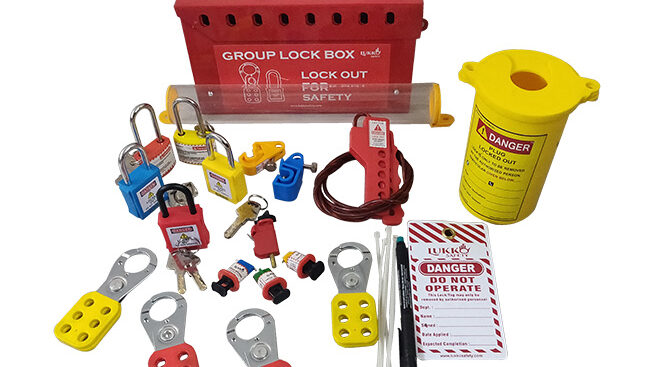Conducting a lockout tagout risk assessment is a critical component of workplace safety. It helps employers identify potential hazards and develop procedures for controlling hazardous energy sources during maintenance, repair, and construction activities. In this blog post, we will discuss the steps involved in conducting a lockout tagout risk assessment for your workplace.
Step 1: Identify hazardous energy sources
The first step in conducting a lockout tagout risk assessment is to identify all hazardous energy sources in the workplace. This can include electrical, mechanical, hydraulic, pneumatic, and thermal energy sources. Employers should conduct a thorough inventory of all equipment and machinery in the workplace to identify potential hazards.
Step 2: Assess the risks
Once all hazardous energy sources have been identified, employers should assess the risks associated with each source. This can include evaluating the potential for injury or damage in the event that the energy source is not properly controlled. Employers should also consider the frequency and duration of exposure to the hazard, as well as the severity of potential injuries.
Step 3: Develop control procedures
Based on the results of the risk assessment, employers should develop procedures for controlling hazardous energy sources. This can include lockout tagout procedures, machine guarding, and other engineering controls. The procedures should be tailored to the specific hazards identified in the workplace and should be clearly communicated to all employees.
Step 4: Implement the procedures
Once the procedures have been developed, employers should implement them in the workplace. This may involve training employees on the procedures and providing them with the necessary equipment, such as locks, tags, and other devices. Employers should also ensure that the procedures are followed consistently and that any deviations are addressed promptly.
Step 5: Review and update the procedures
Finally, employers should regularly review and update their lockout tagout procedures to ensure that they remain effective and relevant. This may involve conducting periodic risk assessments and revising the procedures as necessary to reflect changes in the workplace.
Conclusion
Conducting a lockout tagout risk assessment is an essential component of workplace safety. It helps employers identify potential hazards and develop procedures for controlling hazardous energy sources during maintenance, repair, and construction activities. By following the steps outlined above, employers can help prevent accidents and injuries, protect their employees, and promote a safe working environment.
For more details contact us – lukkosafety

